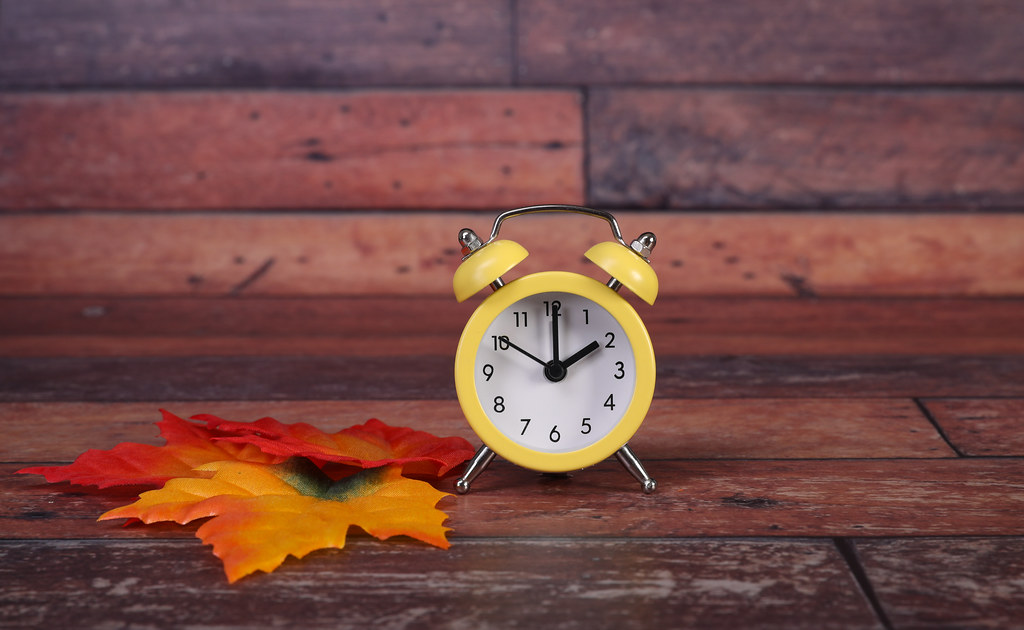On March 15, most US states (excluding Arizona and Hawaii) moved their clocks an hour forward, and last Sunday, November 5, they moved their clocks back an hour to reverse the process. This process, commonly known as daylight savings time, was first introduced to the United States in 1918 during World War I to save fuel costs by adding an extra hour to the day, according to USAToday. The goal of the process remains to this day: more daylight in the mornings and longer daylight hours until nighttime.
Although the process sounds simple, it has instigated much attention and controversy throughout recent years, as many US citizens hold various views on the matter. Some citizens strive for daylight savings time to be legalized permanently throughout the year. Others debate this and argue that daylight savings time should be abolished altogether.
Permanent Daylight Savings
Many Americans strive to make daylight savings permanent, reasoning that providing an extra hour of daylight helps reduce crime rates, lower energy usage levels, and leave another hour for outdoor activities. As of 2018, nearly all 50 US states passed laws to abolish daylight savings altogether. However, more states gradually developed a new possible solution; instead of abolishing the system, the system could be permanently fixed. In the last five years, 19 US States have passed resolutions in support of a year-round daylight saving time, according to data from State Legislatures. Notably, many of these states are in the southeastern and northwestern regions.
One of the most notable changes to create a permanent system of daylight savings was when Florida passed the Sunshine Protection Act, which would make the state stick to permanent daylight savings if the federal law authorized it. At the federal level, Senator Marco Rubio reformed this idea to propose a National Sunshine Protection Act, making all states save the permanent daylight savings schedule (with exceptions to Arizona and Hawaii, which did not follow the process).
Although the legislation passed the Senate’s approval in 2022, it was stalled by the House of Representatives. Rubio introduced the legislation again in March of 2023, but it is yet to even pass the approval of the Senate. Many states have been undergoing legislation requests to the Senate in support of a permanent daylight savings time, but the Senate has yet to approve many of these.
Abolishing Daylight Savings
Out of all the states in the United States, Hawaii and Arizona don’t follow daylight savings. According to The News Journal, in Arizona, it was decided that it wasn’t ideal to have an hour later sunset during the hottest months of the year; in Hawaii, daylight savings wouldn’t have made much of a change on the time due to its proximity to the equator.
On the other hand, some states want to abolish daylight savings, and for good reasons, too. Daylight savings can have unintended effects on a person’s health, disrupting their circadian rhythm and sleep patterns, according to Healthline. Circadian rhythms are the natural, internal clocks within the body that tell us to be awake or asleep. The shift in time can cause unintended changes in daylight, resulting in prolonged daylight and shortened darkness, causing confusion within the body.
According to Dr. Sushell Patil, an associate professor at the Case Western Reverse University School of Medicine, the time changes associated with daylight savings can cause us to lose sleep for about one week until the body adapts to this change. “The loss of sleep has been shown to result in an increase in car accidents during the week after the change to DST, and there can be an approximately 20% increase in patient safety-related incidents,” said Dr. Patil. These effects can linger beyond the first week, and people may fail to adjust in the long term, especially those with a “night owl” sleep schedule (staying up late and getting up late), stated Dr Eckel-Mahan, a researcher at UTHealth Houston. Many sleep experts feel the same way.
Even when the circadian rhythm is offset by an hour, it can cause a phenomenon known as “social jetlag”, which is when someone has two distinct sleeping patterns and durations. Social jetlag can increase the risk of diabetes, heart disease, stroke, depression, and reduced life expectancy, said CNN. On the other hand, the standard time set by moving the clocks back in November is similar to the sun’s day and night cycle, which the human body has used for thousands of years.
Opinions from THS
Dayoung Ahn (’26) expressed her opinion regarding this topic: “Daylight savings no longer contributes its conservative benefits to the degree it had when it was first created, and many, including myself, have a hard time waking up one hour earlier in the spring.” Although Dayoung feels that the system of daylight savings isn’t as effective as it once was, she appreciates “ the extra hour of sunlight we get during the sunnier months of spring and summer more than I dislike the hour that we lose.”
Some other students were rather indifferent to the issue. For example, Calvin Du (’26) stated that he believes “daylight saving time doesn’t serve a large purpose” and that the process does not largely interfere with his own life or the lives of those around him negatively. “I don’t have any major problems with it,” he added. Like Calvin, many students do not find daylight savings time as a major impediment.
Conclusion
Although there are many different views regarding whether daylight savings should be kept or removed, it is important to consider the advantages and disadvantages of each. Making daylight savings permanent will lead to decreased energy consumption and darker mornings with extra daylight during the evening hours. However, it may lead to health issues and disrupted sleep patterns along with reduced work productivity and motivation. On the other hand, removing daylight savings is more beneficial to a person’s health and sleep habits, but it may lead to reduced time spent outside and a lack of vitamin D, which can also be harmful. However, as of now, the practice of daylight savings will stay. To help gradually adjust to these changes, sleep earlier, and get more sunshine the week leading up to the switch.














































































































































